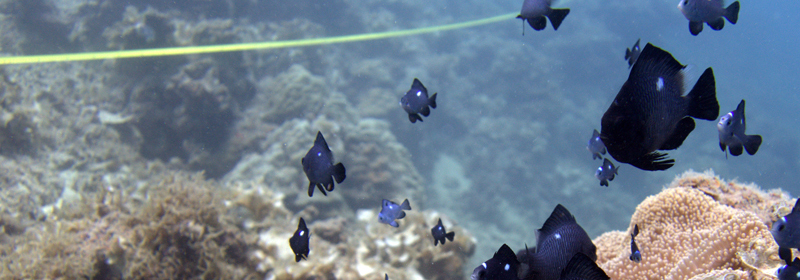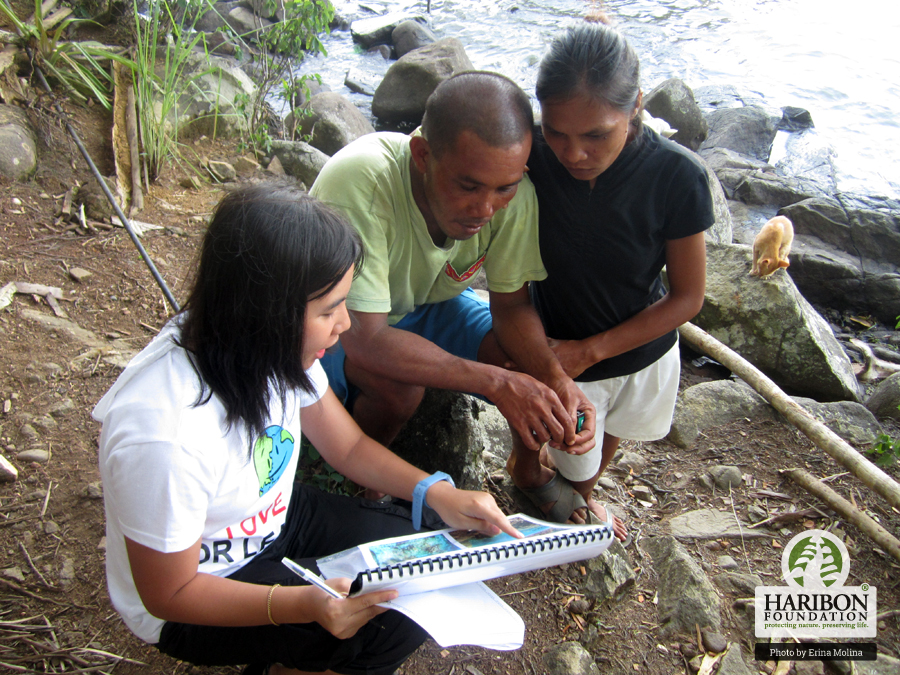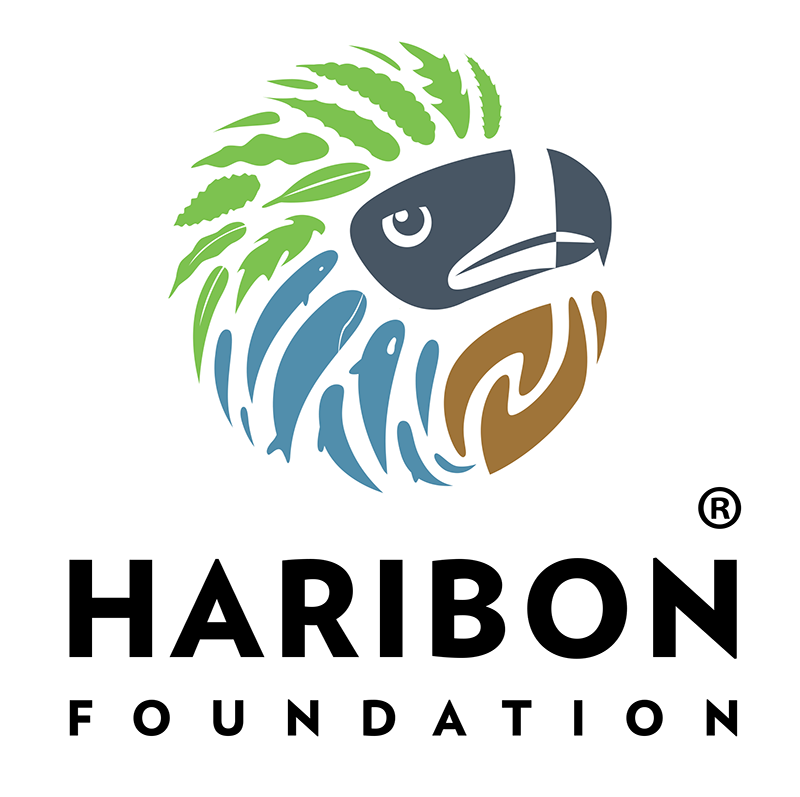Not only is your fish supply threatened, their livelihood is as well.
- It is possible to reconstruct fish catches as far as 50 years back in data poor situations using fishers' knowledge or local ecological knowledge.
- 59 reef-associated fish species haveve disappeared from catches between 1950s to 2014.
- The bumphead parrotfish, giant grouper and humphead wrasse have the highest decline.
- These declines are associated with overharvesting, life-history traits like maximum body size, access to market infrastructure and services, and overpopulation.
By Gregorio E. dela Rosa, Jr., Haribon Foundation
The fish you may be eating today may not be present anymore 15 to 25 years from now. Fishes from the reef are threatened by overexploitation and overpopulation. A new study conducted by Haribon Foundation in partnership with the Newcastle University UK recently published in PLOS ONE looked into the historical catches of fishers in five sites: Polillo Islands, Verde Island Passage, Honda Bay, Danajon Bank and Lanuza Bay. There are 59 different species already disappearing from catches of reef-based fishers.
Dr. Margarita N. Lavides, lead author of the paper and Project Manager at Haribon shares, "The findings in this paper reminds us that the belief we once had that the sea is of unlimited resource is not true. We are slowly losing once common, wide-ranging, yet inherently large vulnerable reef fishes which have very important ecological roles." She further explains that "Coral reefs are good sentinels of global ocean change, and like the Philippine Eagle in our forests, the five most vulnerable species to local extinction we found, especially the bumphead parrotfish, giant grouper and humphead wrasse, are telling us that there's not much time left for action".
Dr. Nicholas Polunin, Professor of Marine Environmental Science at Newcastle University UK and leader of the Darwin Initiative 19-020 Project added, "These losses we've recorded in the Philippines are reflective of unsustainable exploitation affecting this exceptionally species rich ecosystem and region but they mirror what is happening in ecosystems around the globe".
From 2012 to 2014, the Haribon Foundation, Newcastle University, UK and the Darwin Initiative 19-020 Project interviewed 2,655 fishers around coral reefs. These face-to-face interviews were conducted with local partners in Lanuza Bay, Surigao del Sur; Danajon Bank in Bohol and in Honda Bay, Palawan with the Palawan State University and City Agriculture Office of Puerto Princesa City.
Coral reefs are called the rainforests of the seas. It is one of the most biodiverse ecosystem in the coastal and marine environment. They provide ecosystem services that protect millions of Filipinos against storm surges, contribute to the enjoyment of residents, local and foreign tourists who flock to swim and dive, and provide food and jobs to millions who depend directly and indirectly to fisheries. The Philippines has a total of 2,248,400 hectares coral reef area. Even if the country harbors only 9% of the total global coral reef area, the Philippines is still considered to be the global epicenter of shorefish diversity.
Using advanced statistical modelling, the project was able to reconstruct the catches of fishers of particular species as far as 1950s. Using several fish identification guides, the fishers identified the heavily depleted and locally extinct fishes aided by the researchers. Five of the 59 identified locally disappeared species have the highest number of fishers reporting they have not caught them in the past half of a century. These are the bumphead parrotfish (Bolbometopon muricatum), humphead wrasse (Cheilinus undulatus), giant grouper (Epinephelus lanceolatus), the mangrove red snapper (Lutjanus argentimaculatus), and the African pompano (Alectis ciliaris).
Most of these, especially the top five species, grow large, age slowly and weigh between 8 (mangrove red snapper) to 400 (giant grouper) kilos. They live long, from 15 years (mangrove red snapper) up to 58 years (giant grouper). These increase their vulnerability to fishing because it takes them a longer time to become sexually mature and reproduce than smaller fishes. Except for the bumphead parrotfish and African pompano, these fishes are also being caught for the live reef food fish trade and served in restaurants.
To better understand the drivers of depletion of these species, the authors analyzed the data with socio-economic information ranging from the age of fishers, access to market and transportation, distance to urban centers, etc. Proximity to urban centers that have markets, fuel supply and regular transportation and concrete roads help fishers to move their catch quicker, earn more and return to the sea to catch morefishes. Also, the younger you are the more you can catch more fish than fishers aged 50 to 60 years old. The researchers also found out that the fishing time has increased four times from the 1950s to 2014. By extending the time spent in fishing and increasing engine power fishers can compensate for declining fish catch and be able to fish farther away to areas that still have more fish.
The huge decline of these disappearing finfish species may have already significant impacts ecologically considering its importance in coral reefs. The bumphead parrotfish or taungan eats and scrapes algae and bacteria, helping to control algal overgrowth and thus allow healthy growth of corals. The taungan can remove five tons of coral every year and this washes ashore and becomes the beautiful white sand we enjoy in beaches. The humphead wrasse or mameng feeds on and helps to regulate the population size of some of the poisonous animals found on the reef, an important one being the crown-of-thorns starfish, which feeds directly on living hard coral. The giant grouper or kugtong help sustain healthy fish and other invertebrate populations by eating sick and/or old individuals. It also ensures a balance among algae eaters or herbivores, carnivores and other functional groups in coral reefs.
The paper further discusses that the tendency to depletion of wide-ranging, large and slow-growing reef fishes has implications for area-based conservation and regional resource management. Marine protected areas (MPAs) need to be large or strategically located within a network to capture the full ranges of such species. They may need to encompass nursery habitats (e.g. mangroves and seagrass beds) for species like the mangrove snapper. The present study further highlights the need to include outer and deep (>30m) shelf areas in MPA planning.
The humphead wrasse is protected by national law. It is also listed in the Appendix II of the Convention on International Trade in Endangered Species of Wild Fauna and Flora (CITES), one of the international treaties the Philippines is a signatory to. Its aim is to ensure that international trade in specimens of wild animals and plants does not threaten the survival of the species in the wild. Despite these regulations, this study found out that fishers continue to catch humphead wrasse, unknown to most of these fishers that this species is protected by law. A more active and wider information campaign and stronger enforcement of laws should be carried out both local and national. Stronger policy interventions and initiatives to protect the marine ecosystem, including depleted fish species, will help ease the pressures on our aquatic resources and will go a long way in sustaining the livelihood of fishers and fishing communities while ensuring food security for people as a whole.
Haribon Foundation is a membership organization committed to nature conservation through community empowerment and scientific excellence. Its members and employees advocate for biodiversity conservation by building constituencies, empowering communities and applying scientific and multi-disciplinary approaches. To know more about Haribon, please visit our website www.haribon.org.ph or email act@haribon.org.ph.
To know more about this published study, pls. visit the link: http://journals.plos.org/plosone/article?id=10.1371/journal.pone.0155752



